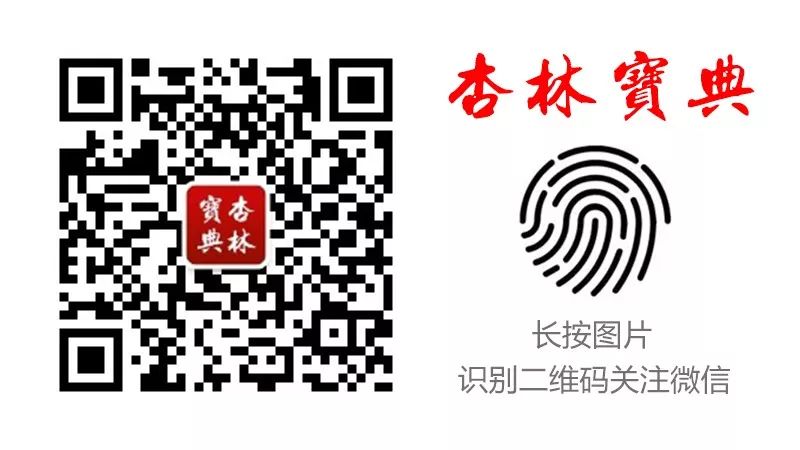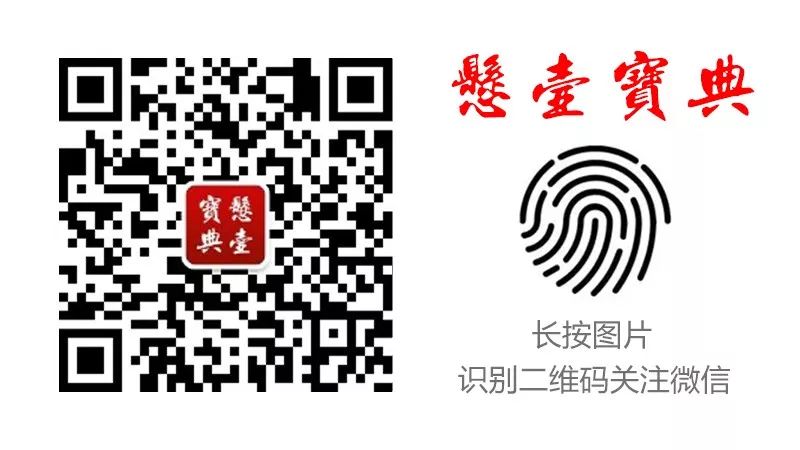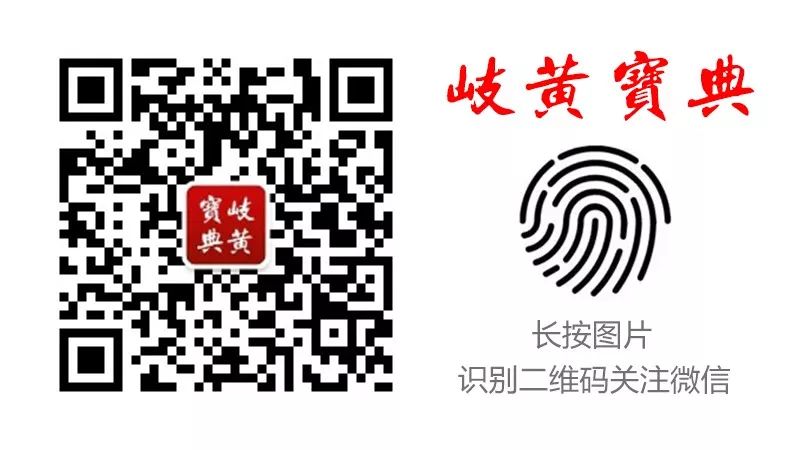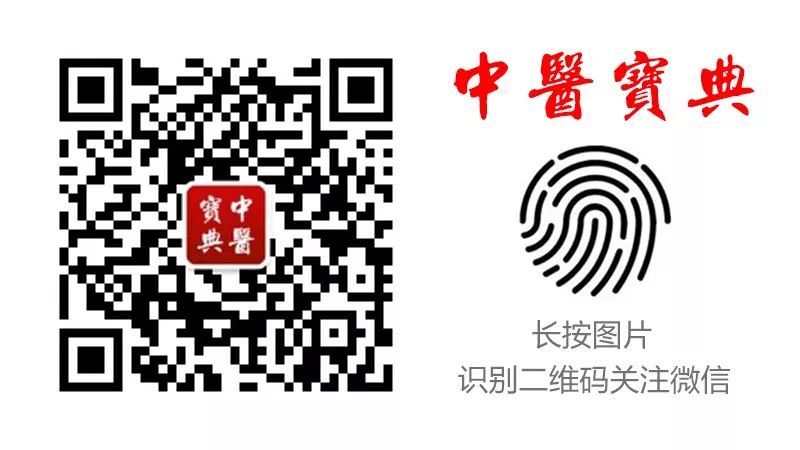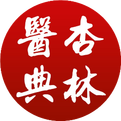

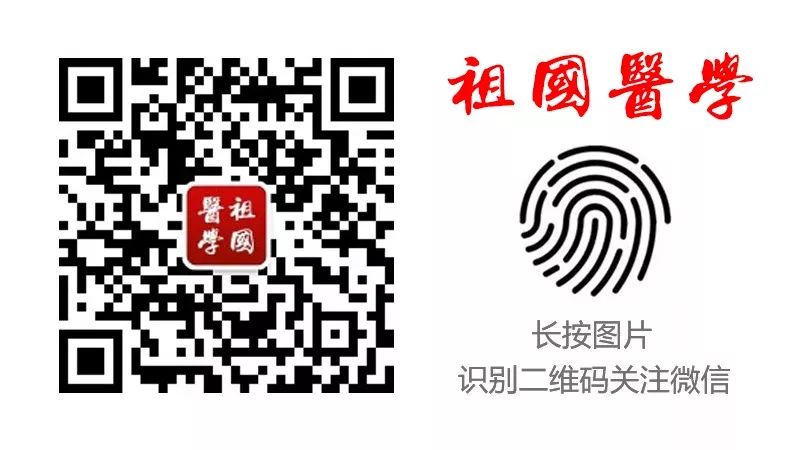
1. The Rise and Fall of Yin and Yang
The rise and fall of Yin and Yang refers to the pathological changes that occur when the fluctuations of Yin or Yang exceed the normal range due to various causes, resulting in excess or deficiency. The imbalance of Yin and Yang directly leads to excess patterns (shi zheng) and deficiency patterns (xu zheng); an excess of Yin or Yang results in an excess pattern, while a deficiency of Yin or Yang results in a deficiency pattern. The rise and fall of Yin and Yang also determine the nature of diseases as cold or hot; an excess of Yang and deficiency of Yin leads to heat patterns, while an excess of Yin and deficiency of Yang leads to cold patterns.
1.1 Excess of Yang
When Yang is excessively dominant, it becomes a pathogenic factor. “Excess of pathogenic Qi leads to excess patterns”; therefore, both excess of Yin and excess of Yang result in excess patterns. An excess of Yin leads to an excess cold pattern, while an excess of Yang leads to an excess heat pattern.
(1) Excess of Yang:
Excess of Yang is a pathological state characterized by an imbalance of Yin and Yang in the body, manifested as an overabundance of Yang Qi and hyperfunction. The pathological features often present as an excess heat pattern with Yang excess and no Yin deficiency. The main causes include external invasion of warm Yang pathogens, or the transformation of Yin pathogens into heat, or emotional disturbances leading to internal fire, or stagnation of Qi, blood stasis, phlegm turbidity, and food accumulation that transform into fire, causing an overabundance of Yang Qi. Yang excess leads to heat, thus the clinical manifestations primarily include fever, accompanied by sweating, thirst, flushed face, red tongue with yellow coating, and a rapid or forceful pulse; or internal disturbance of fire pathogens, leading to symptoms such as irritability, insomnia, agitation, dry stools, and short, red urine.
Due to the excess of Yang harming Yin, those with excess Yang often exhibit signs of Yin fluid depletion. In the middle to late stages of the disease, as the Yang pathogen gradually recedes, the depletion of Yin fluids becomes increasingly significant, leading to a deficiency of Yin.
(2) Excess of Yin:
Excess of Yin is a pathological state characterized by an imbalance of Yin and Yang in the body, manifested as an overabundance of Yin Qi, reduced function, and retention of pathological metabolic products. The pathological features often present as an excess cold pattern with Yin excess and no Yang deficiency. The main causes include invasion of cold damp Yin pathogens or excessive consumption of raw and cold foods, leading to an overabundance of Yin Qi. Excess of Yin leads to cold, and Yang Qi is restrained and unable to expand, losing its warming effect; thus, the clinical manifestations primarily include feeling cold, often accompanied by chills, lack of energy, pale complexion, absence of sweating, preference for warm drinks, cold extremities, loose stools, clear urine, white tongue coating, and a slow, weak pulse.
Due to the excess of Yin causing Yang disease, those with excess Yin often exhibit signs of Yang Qi being restrained or damaged. In the middle to late stages of the disease, as the Yin pathogen gradually recedes, the deficiency of Yang Qi becomes increasingly apparent, leading to a deficiency of Yang.
2. Deficiency of Yin and Yang
Under normal circumstances, both Yin and Yang belong to the body’s Zheng Qi (correct Qi). Once either Yin or Yang is deficient, it leads to a situation of insufficient Zheng Qi. “When essence and Qi are depleted, deficiency occurs”; therefore, both Yin deficiency and Yang deficiency result in deficiency patterns. Yin deficiency leads to a deficiency heat pattern, while Yang deficiency leads to a deficiency cold pattern.
(1) Deficiency of Yang:
Yang deficiency is often caused by an imbalance of Yin and Yang in the body, excessive consumption of Yang Qi; or congenital weakness, leading to deficiency of Mingmen fire; or improper postnatal nourishment, damaging Yang Qi; or due to illness, Yang Qi is damaged, resulting in insufficient Yang Qi. Yang deficiency leads to cold, thus the clinical manifestations primarily include deficiency cold patterns, with reduced or weakened organ function, presenting symptoms such as aversion to cold, cold extremities, fatigue, poor appetite, loose stools, clear and frequent urination, and a slow, weak pulse.
Yang deficiency patterns primarily manifest in the spleen and kidney, especially with a focus on kidney Yang deficiency. Since kidney Yang is the root of Yang Qi in all organs, when kidney Yang is deficient, spleen Yang also appears insufficient. The spleen is the foundation of postnatal Qi, so insufficient spleen Yang weakens its transformation function, leading to a lack of source for Qi and blood production, which can exacerbate Yang deficiency symptoms.
Due to Yang deficiency being unable to control Yin, it can lead to internal accumulation of Yin cold, or stagnation of water dampness, or internal obstruction of blood stasis, further obstructing Qi movement, which can cause severe dysfunction of the organs.
(2) Deficiency of Yin:
Yin deficiency is often caused by an imbalance of Yin and Yang in the body, excessive consumption of Yin fluids; or congenital weakness, leading to deficiency of Yin fluids; or improper postnatal nourishment, leading to depletion of Yin fluids; or due to illness, Yin fluids are damaged, resulting in insufficient Yin fluids. Yin deficiency leads to heat, thus the clinical manifestations primarily include deficiency heat patterns, with relatively hyperfunction of the organs, presenting symptoms such as emaciation, low fever, five-center heat, night sweats, dry mouth, dry stools, short urination, red tongue with little or no coating, and a thin, rapid pulse.
Yin deficiency patterns primarily manifest in the liver and kidney, especially with a focus on kidney Yin deficiency. Since kidney Yin is the root of Yin in all organs, when kidney Yin is deficient, liver Yin also appears insufficient.
Due to Yin deficiency being unable to control Yang, it can lead to internal generation of fire heat, resulting in symptoms such as irritability, insomnia, etc. Insufficient liver Yin can lead to hyperactivity of liver Yang, which can transform into fire, disturbing the clear orifices, leading to dizziness, headaches, and even severe crises such as stroke or fainting.
3. Mutual Damage of Yin and Yang
Since Yin and Yang are interdependent, any deficiency in one side can affect the other. Prolonged Yin deficiency can deplete Yang Qi, leading to Yang deficiency; prolonged Yang deficiency can deplete Yin fluids, leading to Yin deficiency. This pathological process of mutual damage between Yin and Yang is termed mutual damage of Yin and Yang. The result of mutual damage of Yin and Yang ultimately leads to both Yin and Yang deficiency patterns.
3.1 Yin Damage to Yang
Yin damage to Yang refers to the loss of Yin fluids, which depletes Yang Qi, causing insufficient or dissipated Yang Qi, thus leading to Yang deficiency on the basis of Yin deficiency, forming a pathological state of both Yin and Yang deficiency with Yin deficiency as the main feature.
3.2 Yang Damage to Yin
Yang damage to Yin refers to the loss of Yang Qi, which depletes Yin fluids, causing insufficient transformation of Yin fluids, thus leading to Yin deficiency on the basis of Yang deficiency, forming a pathological state of both Yin and Yang deficiency with Yang deficiency as the main feature.
4. Rejection of Yin and Yang
Rejection of Yin and Yang is a relatively special pathological mechanism in the imbalance of Yin and Yang, including both Yin excess rejecting Yang and Yang excess rejecting Yin. The mechanism of rejection of Yin and Yang is primarily due to certain reasons causing one side of Yin or Yang to excessively dominate, obstructing the other side, leading to complex pathological phenomena where the nature of the disease and symptom presentation are inconsistent.
4.1 Yin Excess Rejecting Yang
Yin excess rejecting Yang refers to a pathological change where excessive internal cold obstructs Yang Qi, resulting in true cold internally and false heat externally. Although the nature of the disease is cold, the Yang Qi that is rejected externally presents a false appearance of heat. For example, when Yang is deficient and internal cold develops, if the disease progresses to a severe stage, excessive Yin cold can push Yang Qi outward, leading to pathological changes of Yin excess rejecting Yang, which presents symptoms such as cold extremities, clear diarrhea, and a pulse that is weak and nearly absent, along with signs of false heat such as a warm body (desiring to cover with blankets) and flushed cheeks.
4.2 Yang Excess Rejecting Yin
Yang excess rejecting Yin refers to a pathological change where excessive Yang heat obstructs Yin externally, presenting as a false cold pattern. Due to the deep-seated heat pathogen, it cannot manifest outwardly, thus appearing as false cold, while its essence remains a heat pattern. For example, in warm diseases where heat is excessive internally, due to extreme heat, Yin and Yang are not harmonized, and Yin Qi is obstructed, presenting symptoms such as heat in the chest, dry mouth, red tongue, and also signs of false cold such as cold extremities or slight aversion to cold.
5. Mutual Transformation of Yin and Yang
Mutual transformation of Yin and Yang refers to the process in which, during the progression of a disease, Yang heat patterns can transform into Yin cold patterns, and Yin cold patterns can also transform into Yang heat patterns.
5.1 Transformation from Yang to Yin
When the nature of the disease is originally Yang heat, but when Yang heat becomes excessive to a certain degree, it can transform towards Yin cold. For example, in the early stages of certain febrile diseases, high fever, thirst, red tongue, yellow coating, and rapid pulse are evident, clearly belonging to Yang heat patterns. However, due to improper treatment or excessive pathogenic heat, a sudden drop in body temperature, cold extremities, profuse sweating, and a weak pulse may occur, indicating a critical state of Yin cold. This represents a fundamental change in the nature of the disease, which is fundamentally different from the true heat and false cold pattern that resembles Yang patterns.
5.2 Transformation from Yin to Yang
When the nature of the disease is originally Yin cold, but when Yin cold becomes excessive to a certain degree, it can transform towards Yang heat. For example, in cases of external invasion of cold pathogens, the early stage may present with severe aversion to cold and mild fever, body aches, thin white coating, and a floating tight pulse, which may later develop into high fever, sweating, thirst, red tongue, yellow coating, and rapid pulse, indicating a Yang heat pattern. This represents a transformation from Yin patterns to Yang, where cold patterns transform into heat, fundamentally different from the true cold and false heat pattern that resembles Yin patterns.
6. Loss of Yin and Yang
Loss of Yin and Yang includes both loss of Yin and loss of Yang, referring to a pathological change where there is a sudden and significant loss of Yin fluids or Yang Qi in the body, leading to life-threatening conditions. Loss of Yin and loss of Yang also belong to the category of Yin and Yang deficiency, but they differ significantly in the urgency and severity of onset compared to general Yin and Yang deficiency.
6.1 Loss of Yang
Loss of Yang is often seen in cases where pathogenic factors are excessive and the Zheng Qi cannot withstand them, or in individuals with pre-existing Yang deficiency who are overly fatigued, or due to excessive sweating from improper use of sweating methods, leading to a sudden loss of Yang Qi, presenting symptoms such as profuse sweating, cold extremities, fatigue, and a weak pulse.
6.2 Loss of Yin
Loss of Yin is often seen in cases of excessive heat pathogens, severe vomiting, profuse sweating, or severe diarrhea, leading to a significant loss of Yin fluids, presenting symptoms such as emaciation, wrinkled skin, sunken eyes, scanty and sticky sweating, restlessness, and a weak pulse.
Although loss of Yin and loss of Yang can occur independently, since Yin and Yang must mutually support each other to maintain internal stability, the loss of either side will lead to the rapid loss of the other. Therefore, after the loss of Yin, Yang Qi will have no support and will quickly perish; after the loss of Yang, Yin fluids cannot survive independently and will also quickly perish, ultimately leading to the loss of both Yin and Yang. Thus, when loss of Yin or loss of Yang occurs, if not promptly rescued, it will inevitably lead to a severe situation of “Yin and Yang separating, essence and Qi will be exhausted,” resulting in death.
Follow the WeChat account of TCM Treasure >>>
